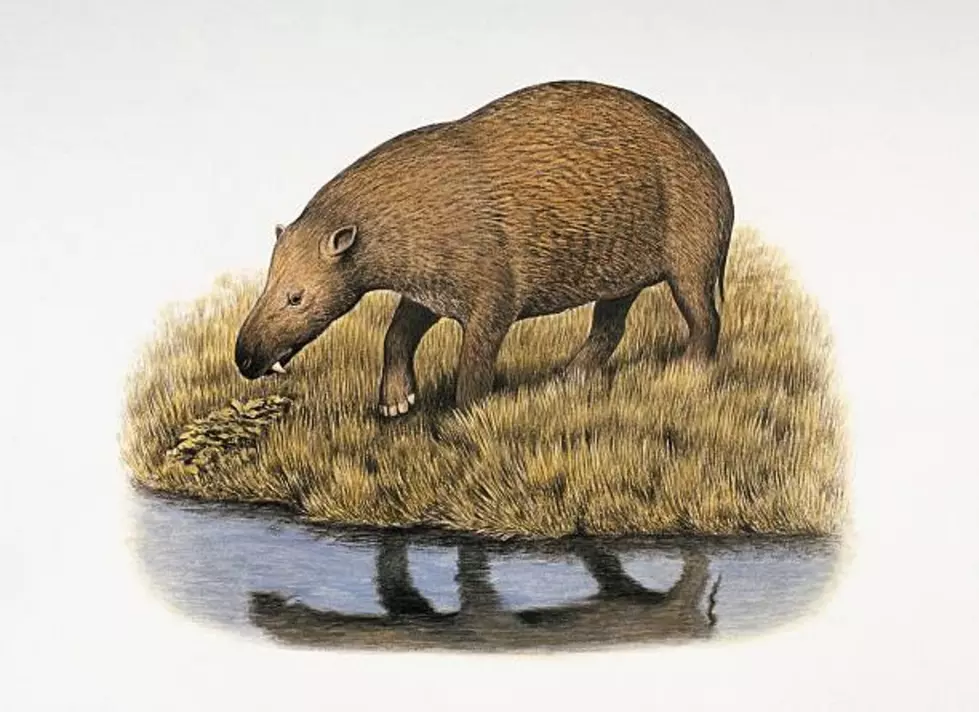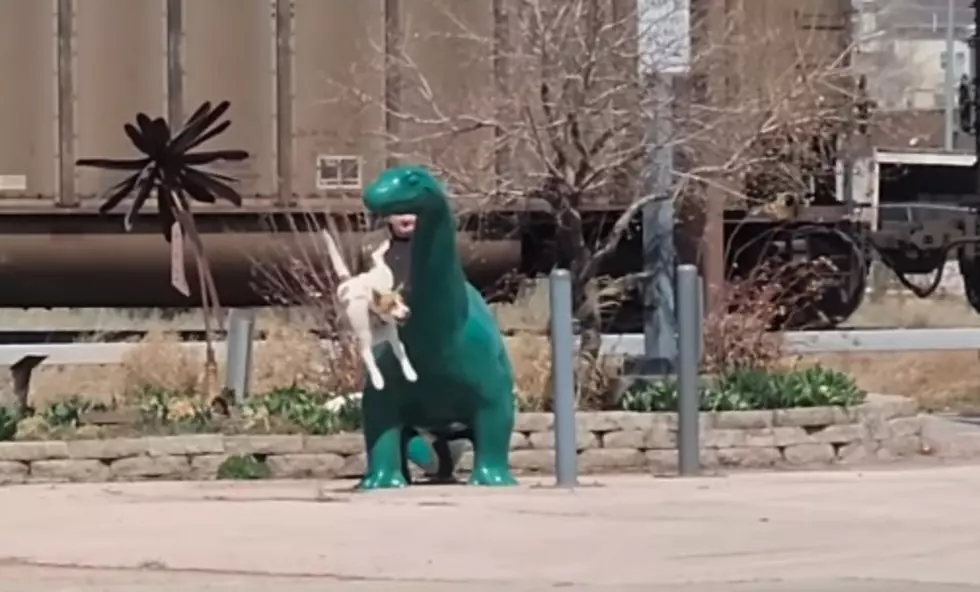
New Study Shows Ancient Hippos Walked ‘Beaches’ of Wyoming
When you say that you are 'going to the beach', almost no one would think that you are anywhere remotely in Wyoming. However, a recent discovery of fossilized tracks shows that at one time in history, a hippo-like creature was roaming about in the south-central region of the state on beaches...Yes, beaches!
Researchers from the University of Utah out of Salt Lake City discovered the tracks of what was likely a Coryphodon, which is a black bear-sized creature and also a mammal that represents the earliest known evidence of their kind that would gather near the ocean. Those animals were around 58 million years ago, which at least explains the 'beaches' in Wyoming a little bit better.
In 'Scientific Reports Thursday', Anton Wroblewski, a geologist at the University of Utah, as well as an adjunct associate professor in the Department of Geology and Geophysics, had this to say about the newly discovered tracks:
Trace fossils like footprints record interactions between organisms and their environments, providing information that body fossils alone cannot...In this case, trace fossils show that large-bodied mammals were regularly using marine environments only 8 million years after non-avian dinosaurs went extinct.
The tracks, which were preserved in sandstone, were found in the Hanna Formation of Wyoming. They were made by a five-toed mammal, which is consistent with that of a Coryphodon (similar to hippopotamus), and a four-toed mammal. It is unknown what the four-toed mammal print belongs to.

It would have been the Paleocene epoch in which the mammal's prints were made. The Paleocene epoch was a 10 million year interval at the end of the Mesozoic Era and the beginning of the Cenozoic Era. That information is something that Ross Gellar from 'FRIENDS' would be more familiar with. Just know it was a very long time ago and after the existence of the dinosaurs.
Wroblewski also mentioned that it was the first Paleocene period tracks found in the United State and only the fourth set of those tracks in the entire world.
It's a wonder that of all places with beaches, you would find something in Wyoming. Of course, with landmass shifts and lots of other science that would have taken place within the last 58 million years, it makes a lot more sense that Wyoming could be a spot where prints of ancient creatures could be discovered. They were pretty much loving life on the beach. All of a sudden, the song 'Beaches of Cheyenne' by Garth Brooks makes a little bit more sense.
Surprising Things Turning 100 in 2021
More From Wake Up Wyoming








